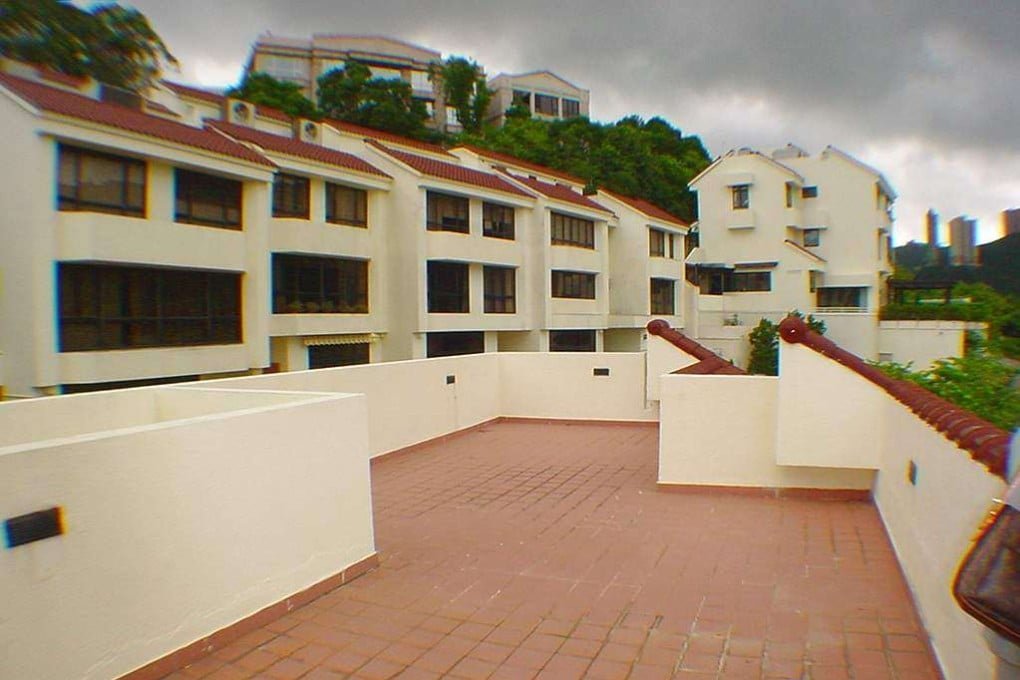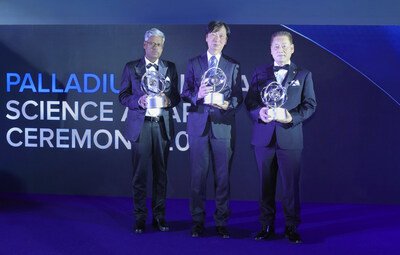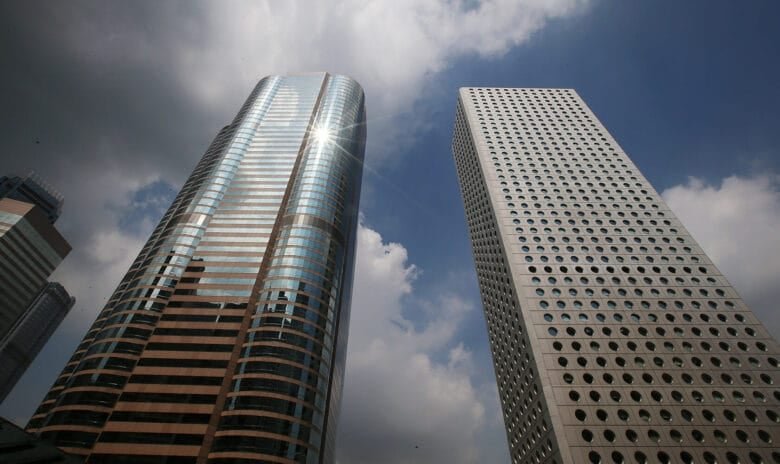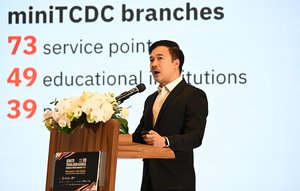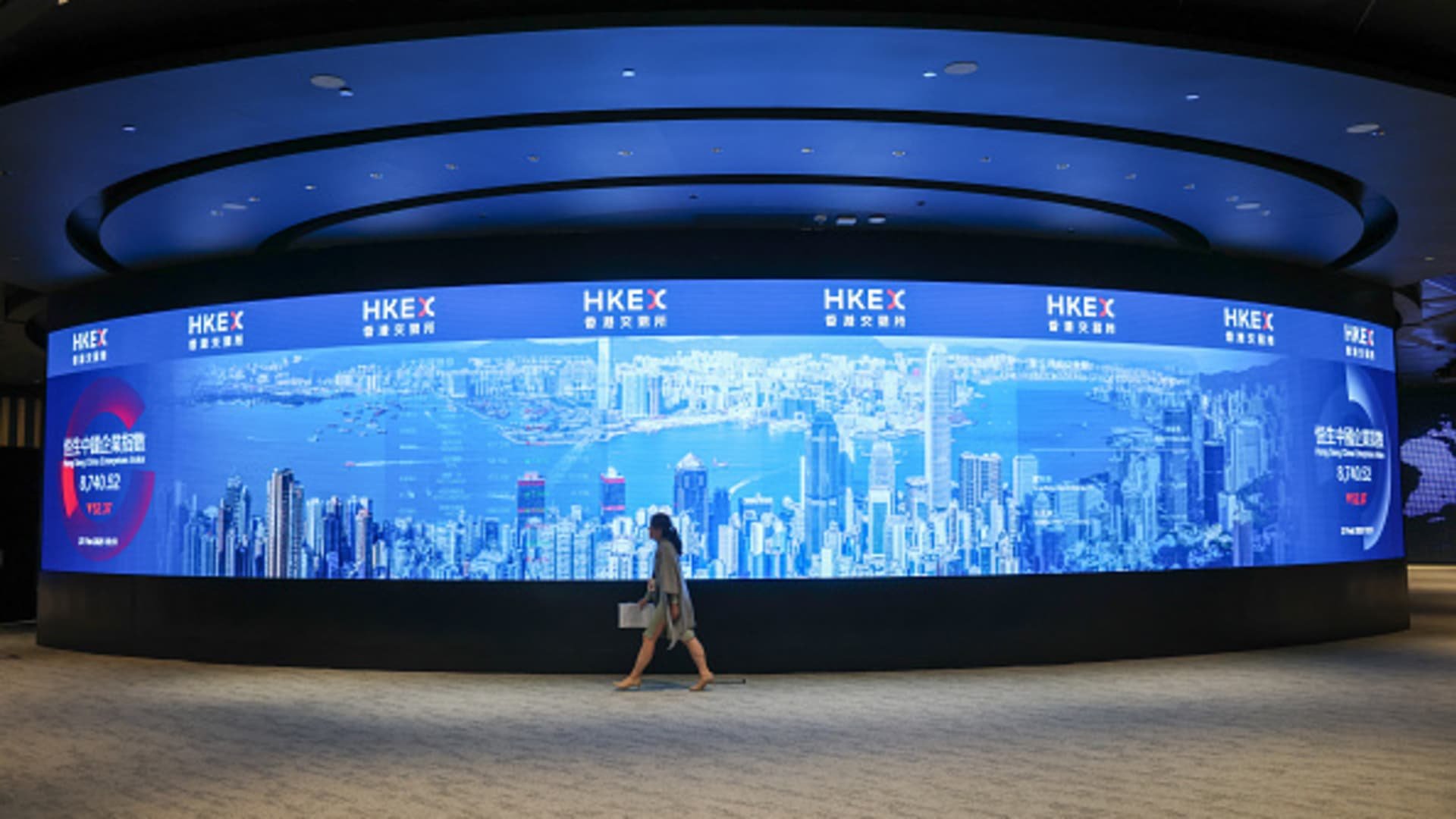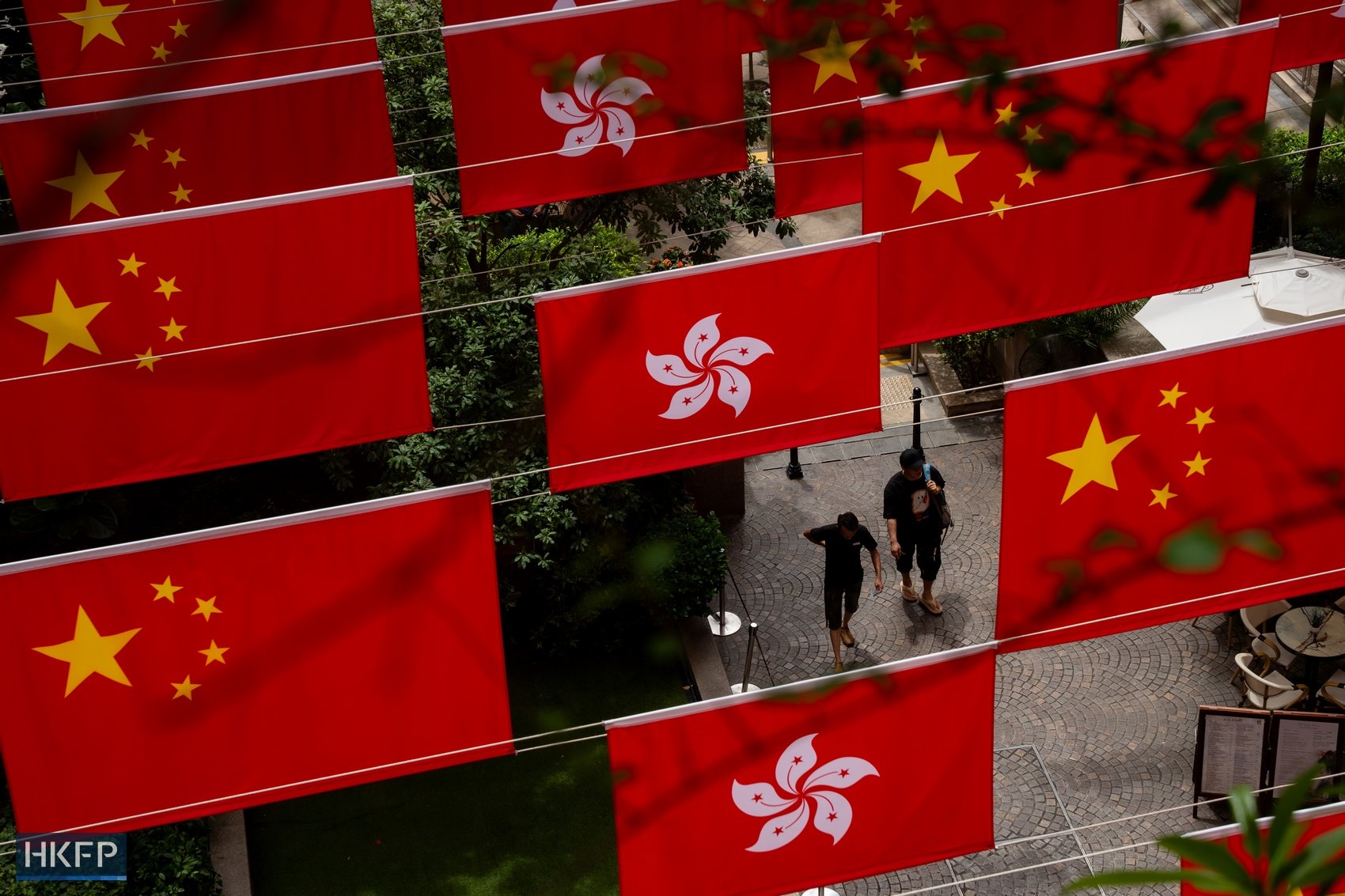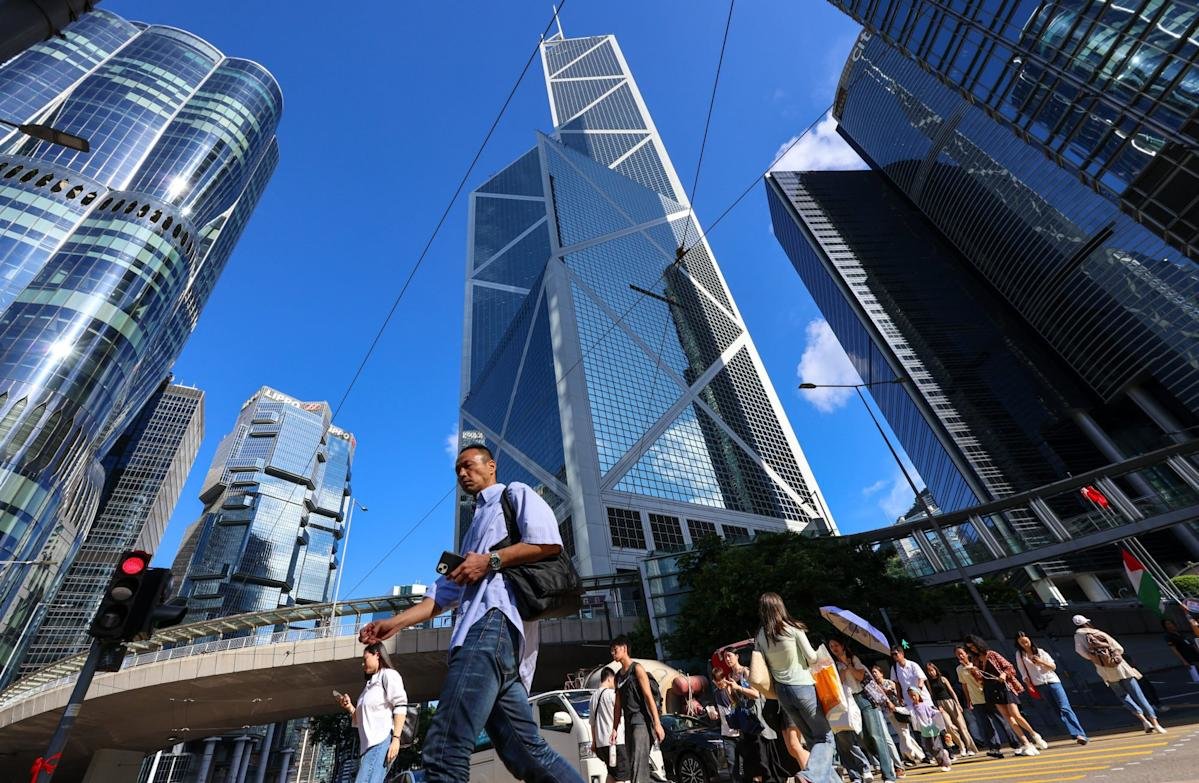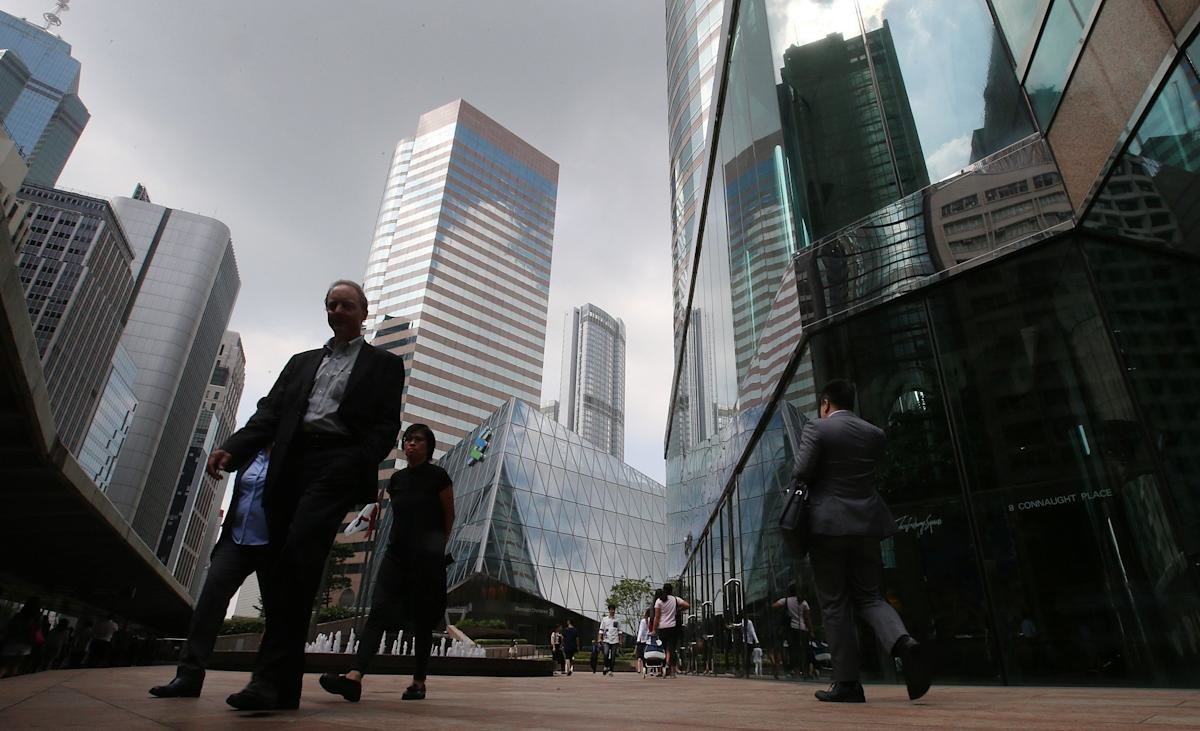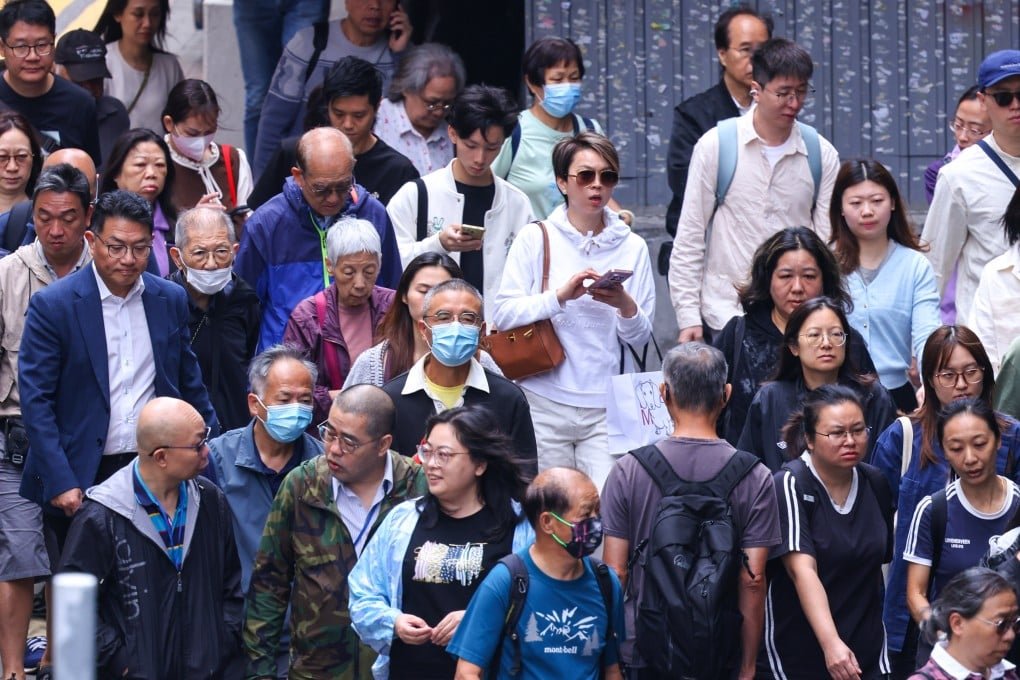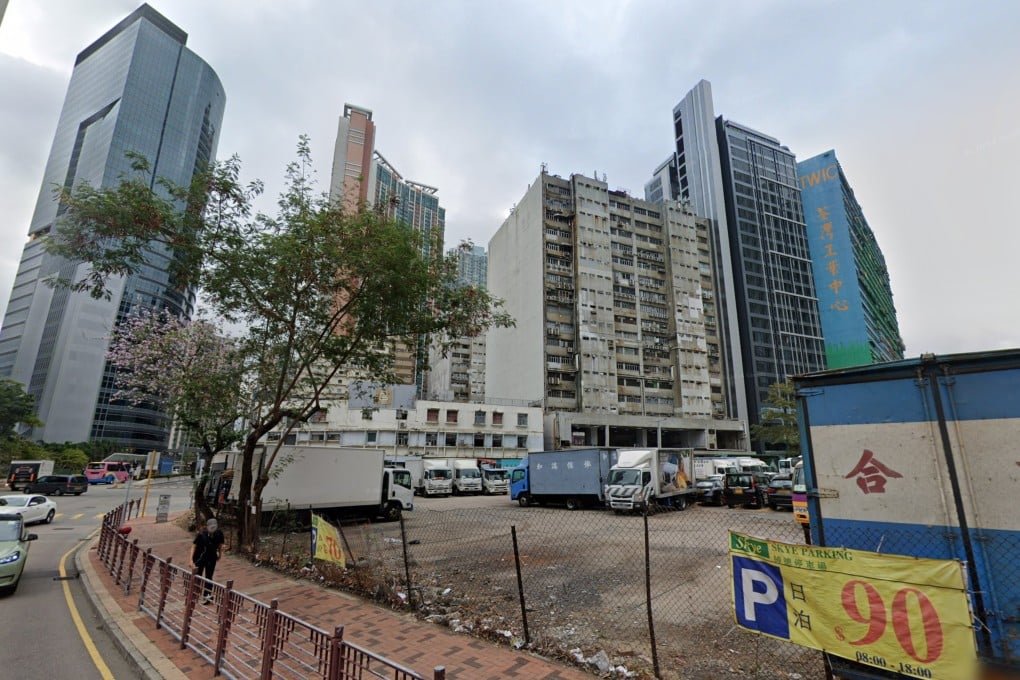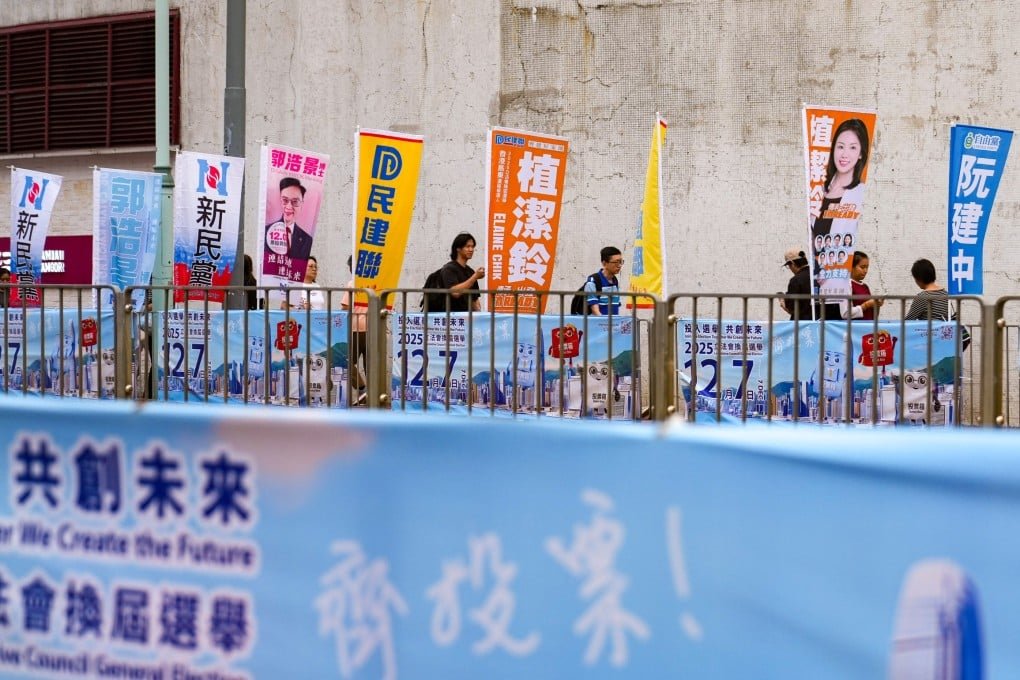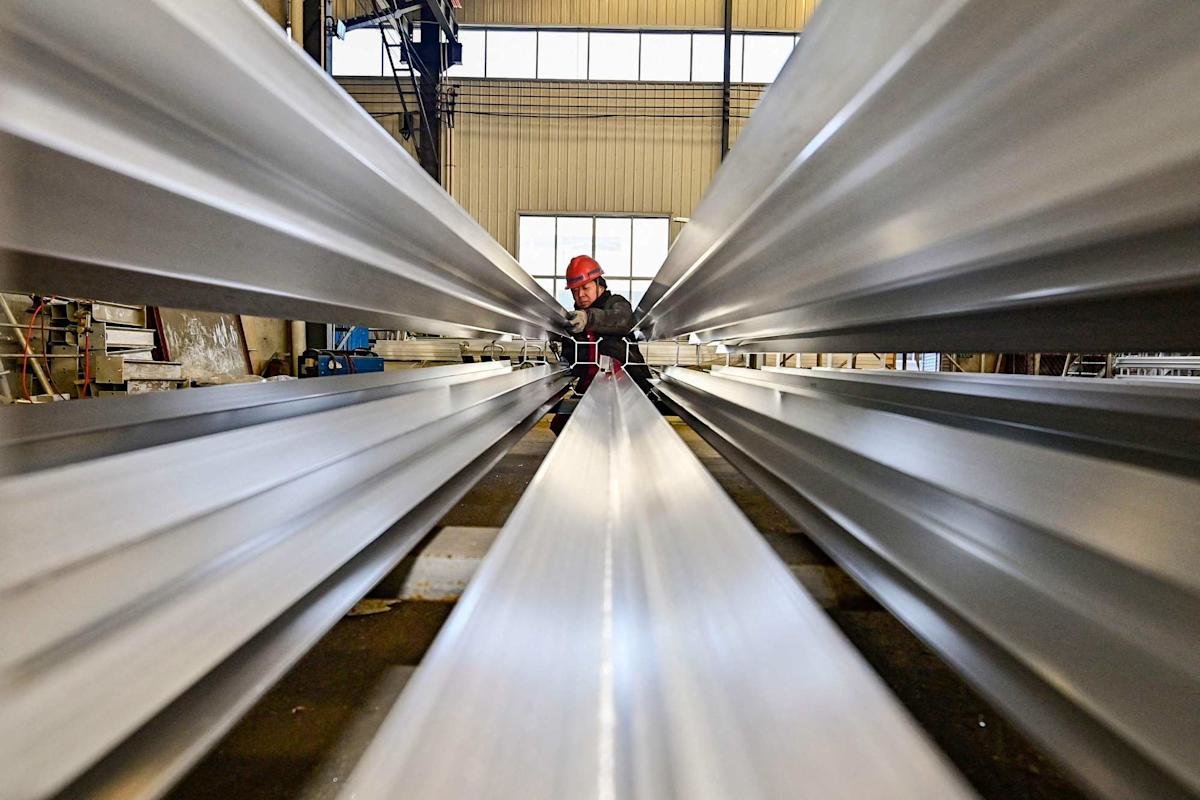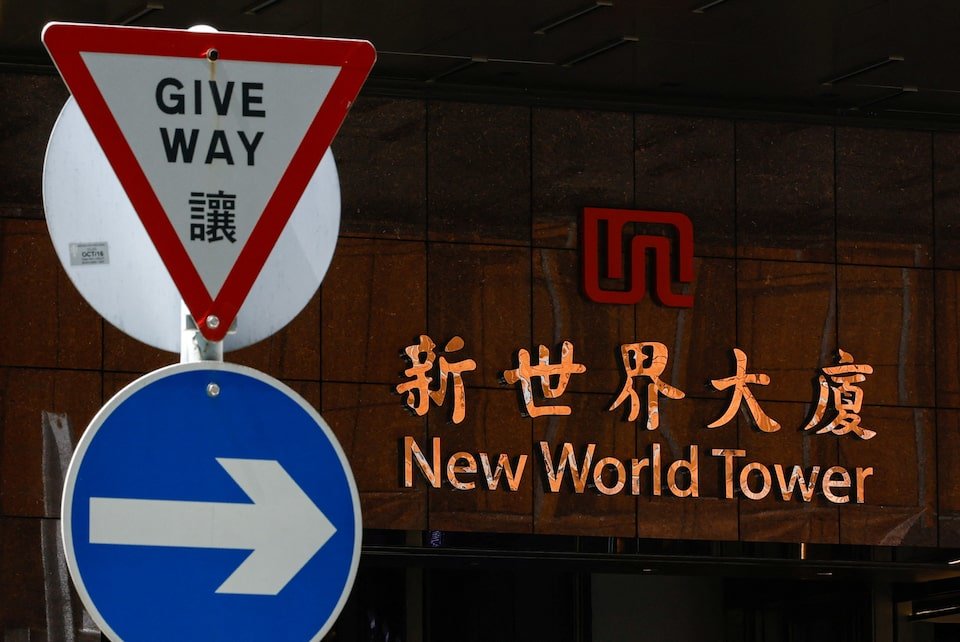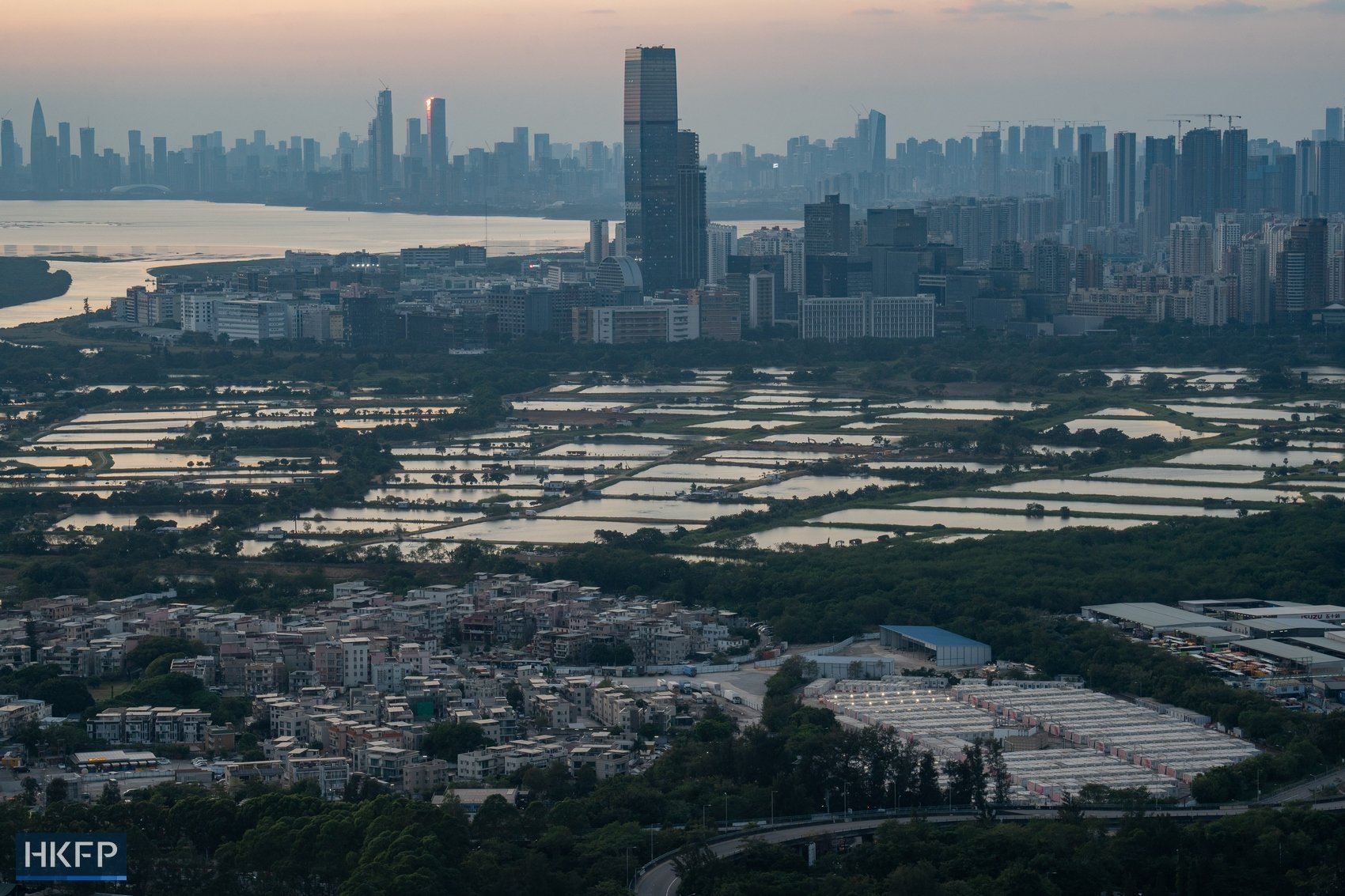
The conceptual outline published by the Innovation, Technology and Industry Bureau identifies a site of some 210 hectares earmarked for high-value industries near the Shenzhen border, to be delivered in five phases over the next decade.
The planned entity would operate as a “platform company” owned by the government but empowered to partner with private-sector investors and companies, enabling a faster, market-driven approach while maintaining strategic oversight.
Government officials said this model is informed by previous development structures established for Hong Kong’s science parks.
Secretary for Innovation, Technology and Industry Sun Dong described the project as a “golden opportunity” for Hong Kong’s industrial and technology ecosystem, citing longstanding constraints on land availability as a barrier to growth.
The government estimates that development of San Tin could contribute HK$250 billion annually to Hong Kong’s gross domestic product and create 300,000 jobs.
The conceptual outline outlines specialised industry sectors for the technopole, including life and health technologies, robotics, artificial intelligence, new materials and new energy.
It emphasises leveraging the site’s proximity to Shenzhen and the wider Guangdong-Hong Kong-Macao Greater Bay Area to foster manufacturing, innovation and global collaboration.
While the government intends to publish the full development blueprint later this year, preparatory work is already under way.
The Hong Kong Science & Technology Parks Corporation has launched a campus initiative called “INNOPOLE” at the site, with first phase construction expected in early 2027 and more than 20 firms expressing early interest.
The scheme comes against a backdrop of environmental scrutiny: the development overlaps areas near the Sam Po Shue Wetland Conservation Park, and authorities say planned mitigation measures include bird corridors and low-density provisions to protect ecology.
The decision to set up a dedicated development company signals the government’s intent to combine public responsibility with private-sector agility, aiming to position Hong Kong’s northern region as a global I&T hub.
The detailed implementation framework, land-release schedule and investment incentives will follow in upcoming policy announcements.


